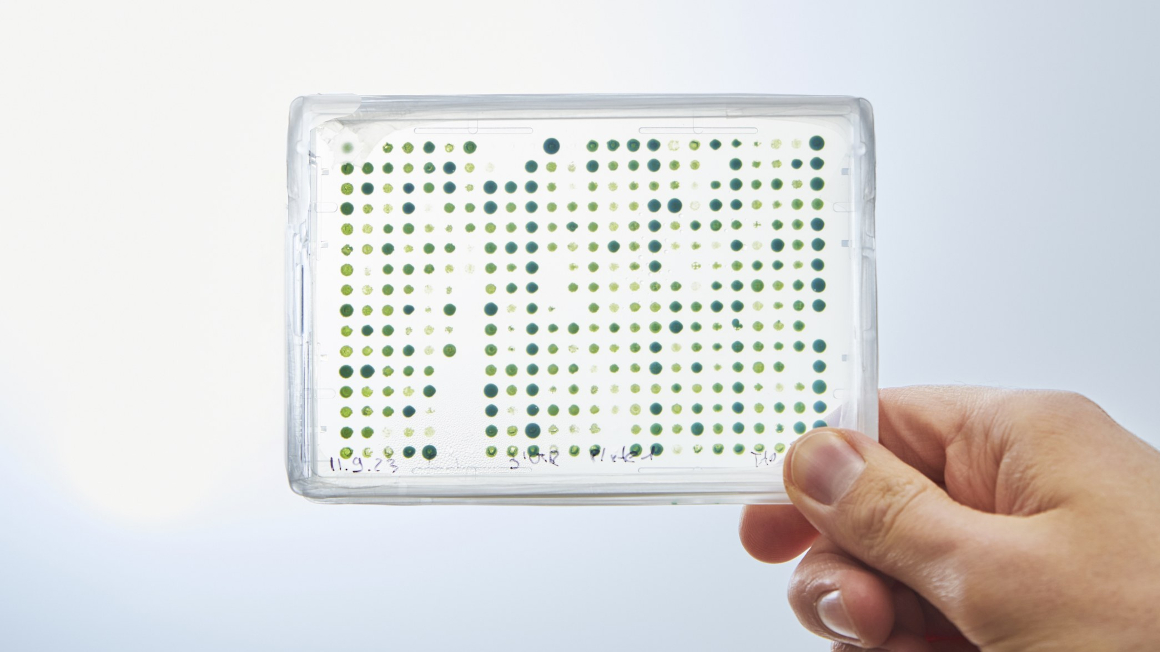Synthetic biology: Designing microbial communities
Thanks to increasingly sophisticated tools, bioengineers can now not only construct individual organisms, but even design complex microbial communities. A team of authors looks into the future of synthetic biology.

Microorganisms such as bacteria, fungi and viruses never act alone. They form communities, interact and thus have a significant influence on humans and nature. One example of this is the microbial community in the human gut, the so-called microbiome. It is only through the interaction of microorganisms that nutrients are metabolised and made usable for the body. However, if the microbiome is composed incorrectly, this can lead to health problems.
The interdisciplinary research field of synthetic biology is increasingly focussing on these microbial networks. Its aim is to use engineering principles to design and build new biological systems and organisms that can fulfil specific functions. Genetic engineering methods help to modify DNA and RNA and transfer them between different organisms.
Researchers recommend a change of perspective
Initially, researchers in synthetic biology focussed on individual synthetic organisms. In the meantime, their increasingly sophisticated tools also enable the design of highly complex networks, such as artificial communities of (synthetic) organisms.
Does the future of synthetic biology lie in the design of microbial communities? An article by researchers from RWTH Aachen University, Heinrich Heine University Düsseldorf (HHU) and Michigan State University (MSU) in East Lansing in the USA provides answers to this question. ‘We propose a change of perspective, away from individual organisms as such and towards the functional contributions that organisms make within the community,’ says Ilka Axmann from HHU, corresponding author of the paper.
Possible areas of application for such artificial communities are wide-ranging. They include, for example, the containment of diseases, increasing the productivity of crops or the production of valuable biomolecules.
In the journal ‘Synthetic Biology’, the team explains how ‘computational biology as an integral building block’ in particular can help to significantly simplify the design of artificial communities.
Support for modularisation
‘Computational biology can help support a desirable modularisation in synthetic biology that both reduces complexity and creates versatile, scalable frameworks that can be tailored to specific functions within biological communities,’ says Anna Matuszyńska, first author of the study and Assistant Professor of Computational Life Science at RWTH Aachen University.
‘With the help of mathematical models, we can predict and optimise such systems so that they work reliably and efficiently. This in-silico design should be used in the earliest stages of building a synthetic community.’
The development prospects of synthetic biology were investigated as part of the Collaborative Research Centre SFB1535 ‘MibiNet’. The four-year project is coordinated by HHU and funded by the German Research Foundation.
bb/pg


